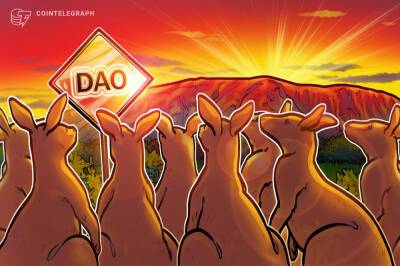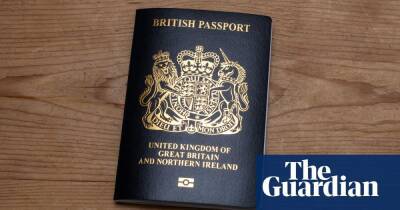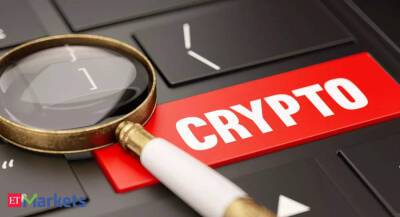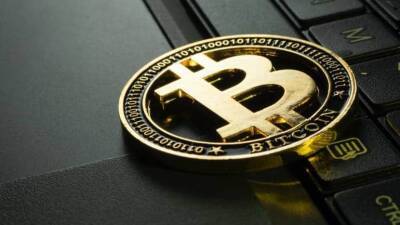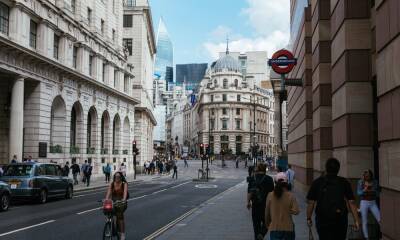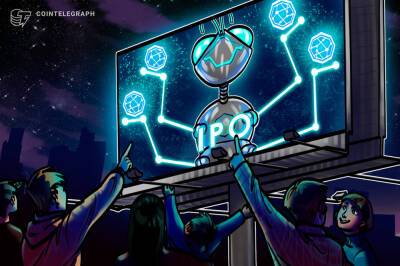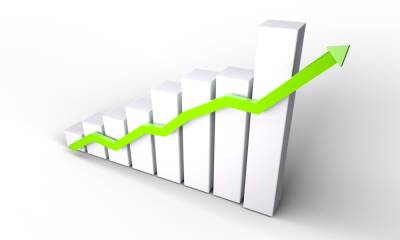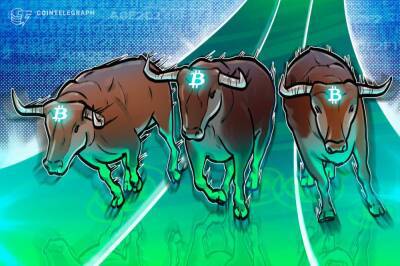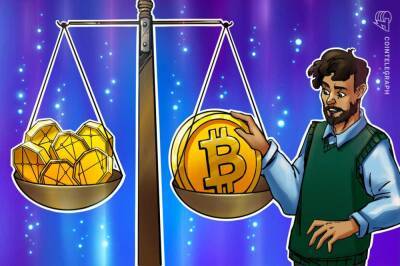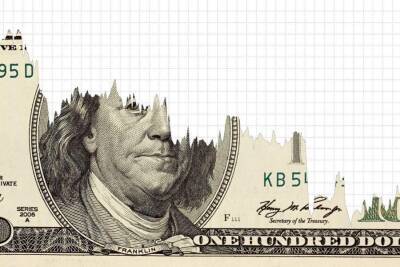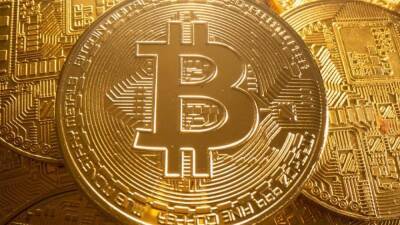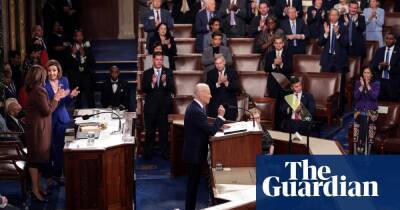US inflation jumped 7.9% last year, reports labor department
Propelled by surging costs for gas, food and housing, consumer inflation jumped 7.9% over the past year, the sharpest spike since 1982 and likely only a harbinger of even higher prices to come.
The increase reported Thursday by the labor department reflected the 12 months ending in February and did not include most of the oil and gas price increases that followed Russia’s invasion of Ukraine on 24 February. Since then, average gas prices nationally have jumped about 62 cents a gallon to $4.32, according to AAA.
Even before the war further accelerated price increases, robust consumer spending, solid pay raises and persistent supply shortages had sent US consumer inflation to its highest level in four decades. What’s more, housing costs, which make up about a third of the government’s consumer price index, have risen sharply, a trend that’s unlikely to reverse anytime soon.
The government’s report Thursday also showed that inflation rose 0.8% from January to February, up from the 0.6% increase from December to January.
For most Americans, inflation is running far ahead of the pay raises that many have received in the past year, making it harder for them to afford necessities like food, gas and rent. As a consequence, inflation has become the top political threat to president Joe Biden and congressional Democrats as the midterm elections draw closer. Small business people say in surveys that it’s their primary economic concern, too.
Seeking to stem the inflation surge, the Federal Reserve is set to raise interest rates several times this year beginning with a modest hike next week. The Fed faces a delicate challenge, though: if it tightens credit too aggressively this year, it risks undercutting the economy and possibly
Read more on theguardian.com

